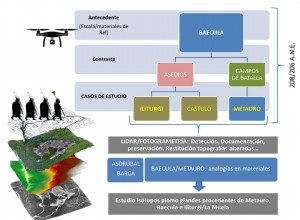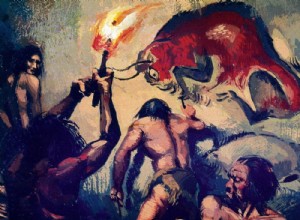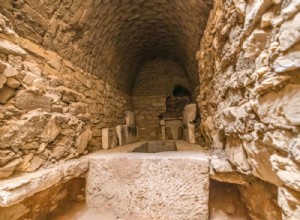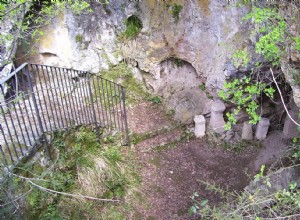Located in the Cerro de las Albahacas, the Baecula project has made it possible to identify and characterize a corpus of unique materials for the study of the armament of the armies of the end of the 3rd century BC , contributing to the traditional philological criticism the archaeological data tha




